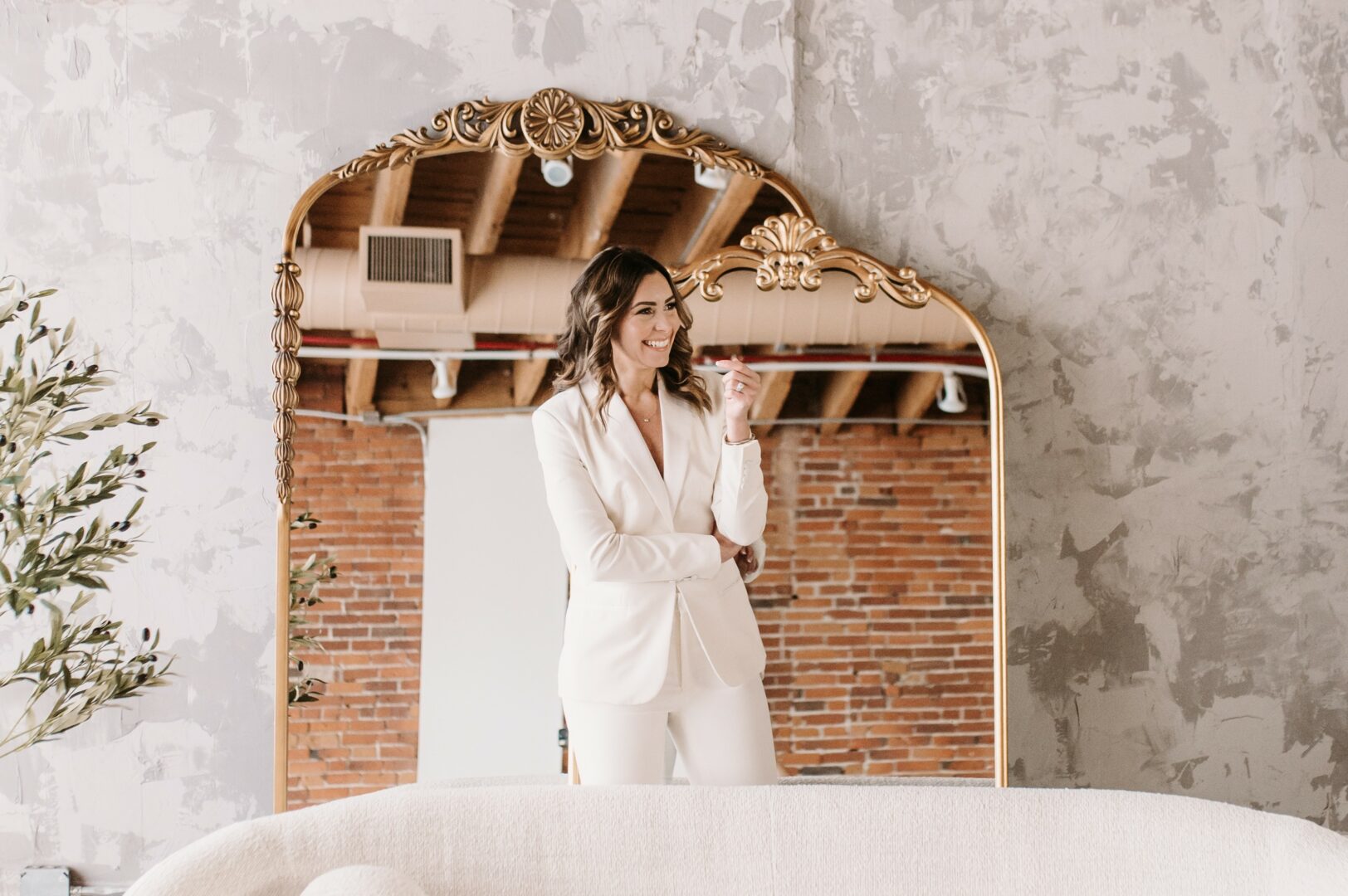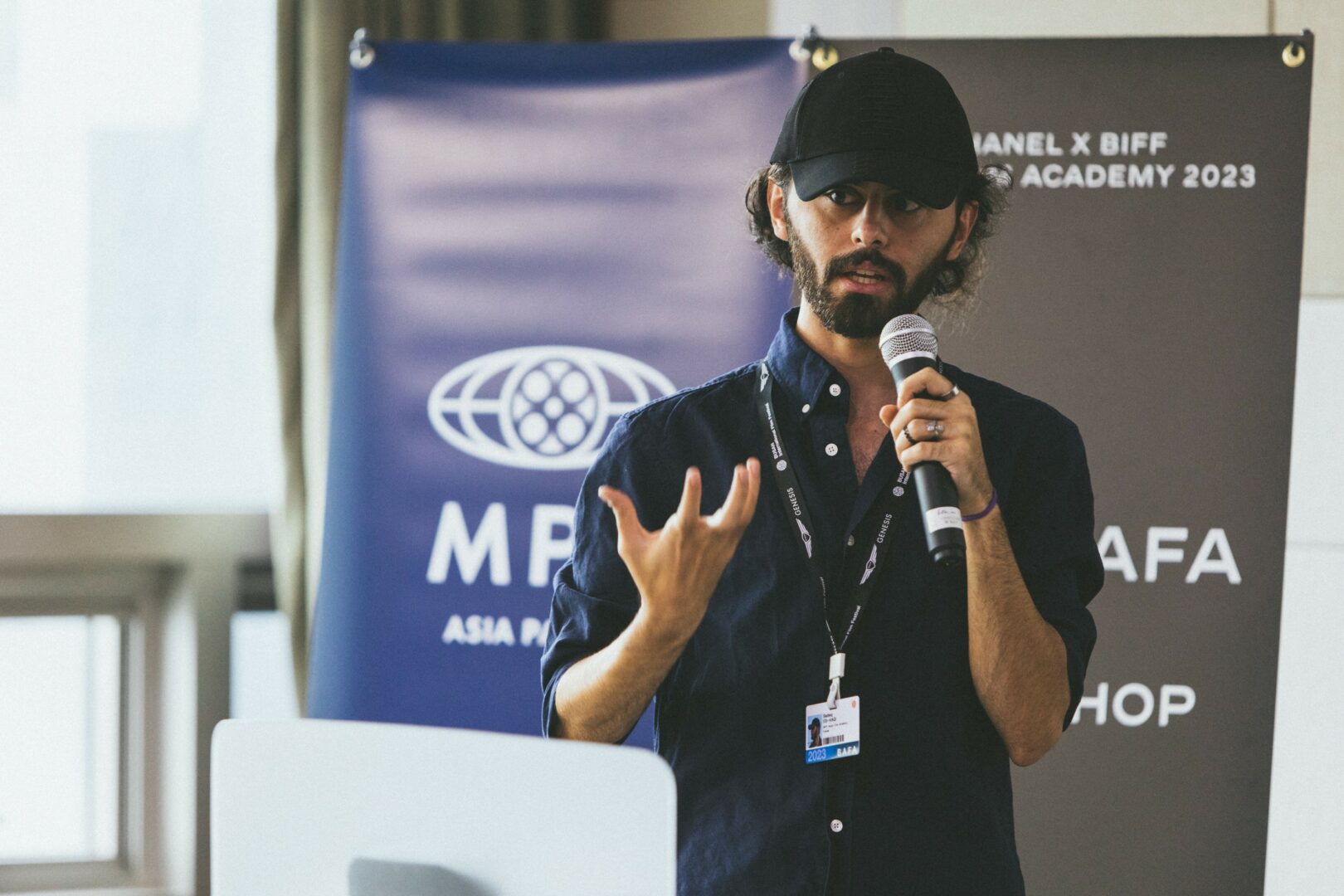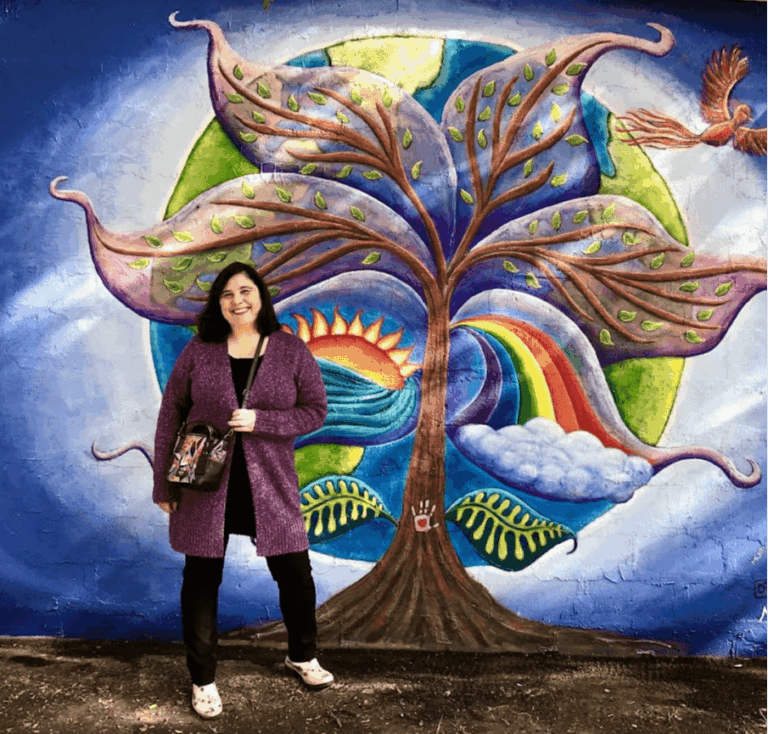We recently connected with Carolin Wanitzek and have shared our conversation below.
Carolin, we’re thrilled to have you sharing your thoughts and lessons with our community. So, for folks who are at a stage in their life or career where they are trying to be more resilient, can you share where you get your resilience from?
My free time goes hand in hand with my work. It was super important to me right from the start to have a good work-life balance. Basically, for me, everything starts with my sleep. I am a person who needs a lot of sleep, which is my 8-10 hours per night.
I always start my day with a shower to refresh my body and mind. Afterwards, I tidy up a bit around the house, doing laundry or give the flat a quick vacuum so that nothing can take me out of my focus while I’m working. And then I devote 2-3 hours to my work.
As I fast from 8 pm in the evening until 12 noon, my husband and I usually start preparing lunch shortly before noon. After lunch we have a healthy, homemade dessert and a specialty coffee. This is the first break in my working day. Then, of course, I continue working and in the afternoon I treat myself to another short break with a matcha latte. I also have a piece of 100% sugar-free chocolate and a few nuts.
I usually finish work around 5 pm/6 pm and go to the gym or ride my racing bike – outside in the Odenwald in summer, of course, and at home on the trainer or in the gym in winter.
After sport, we cook and eat and usually end the evening relaxing on the couch.
In general, cooking for myself is extremely important to me as I live a very clean and healthy lifestyle. I avoid processed foods, I don’t smoke, I eat very little industrial sugar, I don’t drink alcohol, I don’t eat animals and I exercise every day. All of this helps me to feel very balanced and I love it. This rhythm ensures that I am as resilient as possible.
Appreciate the insights and wisdom. Before we dig deeper and ask you about the skills that matter and more, maybe you can tell our readers about yourself?
It all started in 2010 in my 3rd semester with the project “The Border”. To give it its name, I have to say that ‘The Border’ was the topic of my main photography course at university, which is where it all started. When our professor gave us the topic in the first lecture, I mentally searched for a way to depict a border. In the end, I settled on “the border between dream and reality”. The idea was to show someone who has just woken up from a dream, but still has the remnants of the dream in front of their eyes. For example, you see someone waking up at the last second before something happens to them. At the beginning I had the idea of building everything life-size out of paper and photographing it in the studio, but I quickly reached the limits of what I could do. That’s why I decided to completely rebuild my small studio at home. The furniture had to go and I needed a photo studio. A large roll of drawing paper was now my photo background and with the mobile flash system from the university, my studio was perfect. I then gradually drew, constructed and built the five paper worlds out of paper. Once the worlds were photographed, it was off to the large studio at my university. My models arrived every hour and had probably the most relaxed shoot of their lives. As you can see in the pictures, they were just allowed to lie in bed and pretend to wake up. I then used Photoshop to put the people and their beds into the paper worlds. It was my first project using paper as a material.
I continued to do this throughout my studies, trying to refine my technique. I was lucky enough that Gestalten Verlag Berlin published the project in the book Papercraft 2, and as the project went viral and made waves on various blogs, especially in the US, it was the perfect opportunity for me to start my own business while still a student. Work for Hewlett Packard and Google Nest followed. And since that was going so well, I thought, why not specialise in paper illustration?
During my Masters in Scenography (the art of staging in space) I had started to think and work in larger dimensions. I gradually began to design and create larger paper installations. Seven years after my “border project”, just as I was finishing my Masters, I was contacted by Wonderspaces in Los Angeles, who had found my dream world project on Pinterest. They were interested in signing me and organising an exhibition with me and other artists. Wonderspaces gave me the opportunity to build the 10x10m project in May 2018 in San Diego, California. It was one of the greatest experiences of my professional career. In 2022 I was invited back, this time to Los Angeles, to build the art installation “The Border” again. This time it was prepared for the Wonderspaces exhibition in Scottsdale, Arizona and has been on display since August 2022.
But I don’t just work as an artist, I also work as a product designer for my own furniture brand.
My husband Dennis and I lived in New York for a few months in 2016. We moved from gallery to museum and from one cool store to the next, soaking up all the inspiration we could. Driven by the electrifying energy of this city, we came up with the idea of designing furniture ourselves, as product design and architecture have always been two of our passions. Back in Germany, we started working on our idea of a furniture brand that same year. Over the past few years, we have developed various prototypes and founded IN SUBSTANCE (www.insubstance.com) with our friend Mo in 2021.
If you had to pick three qualities that are most important to develop, which three would you say matter most?
Self-confidence & perseverance were definitely two qualities that helped me a lot on my journey. As I described in the previous question, it all started when I was studying Communication Design and I tried to make every project in every course with paper. I just wanted to get better and better at using the projects during my studies to specialise in paper and also find a good position in the world of graphic design.
One area of knowledge that I always draw on in my projects is philosophy. This was a big part of my Masters in Scenography. I find it super exciting to visualise topics that are not particularly tangible and not yet so visually concrete. These are often abstract visualisations and the philosophical approach has always helped me to understand a subject and to come up with a rather unusual realisation.
What was the most impactful thing your parents did for you?
My parents gave me the opportunity to develop my talents freely. They made everything possible. I was supported in many areas as a child and allowed to learn what I wanted. I learnt to play various instruments such as the flute, organ, keyboard and clarinet, was part of a choir and was allowed to attend art school twice a week. I also did judo, volleyball, artistic cycling, athletics, tennis, skiing and snowboarding. My mum also spent a lot of time with me being creative and we did a lot of crafts. One of the things we used to do was collect things in the woods and use them in our artwork.
I was interested in just about everything. Whether it was cooking or my dad doing something crafty around the house. I was always allowed to help and learn. I think that made me a person who developed many different interests and a good knowledge of building things myself. I think it has also made me very inventive and a good problem solver, which is something that helps me in my work today.
Contact Info:
- Website: www.carolinwanitzek.de
- Instagram: https://www.instagram.com/carolinwanitzek/
- Facebook: https://www.facebook.com/carolinwanitzek
- Linkedin: https://www.linkedin.com/feed/
- Other: https://insubstance.com








Image Credits
pic01/02/04/05/06 – Carolin Wanitzek pic 03 – Kenji Bennett pic 07/08 – IN SUBSTANCE




